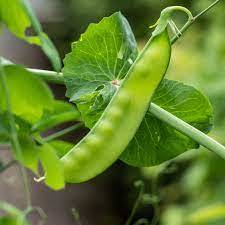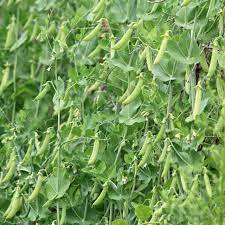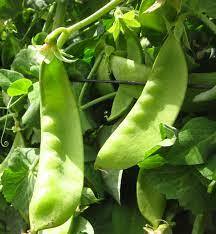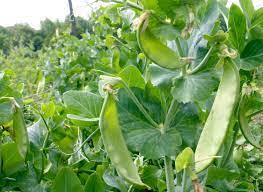150 Oregon Giant Snow Pea Vegetable Heirloom and similar items
Free Shipping
150 Oregon Giant Snow Pea Vegetable Heirloom Seeds
$19.38
View full item details »
Shipping options
Seller handling time is 2-14 business days Details
FREE via to United States
Return policy
None: All purchases final
Purchase protection
Payment options
PayPal accepted
PayPal Credit accepted
Venmo accepted
PayPal, MasterCard, Visa, Discover, and American Express accepted
Maestro accepted
Amazon Pay accepted
Nuvei accepted
View full item details »
Shipping options
Seller handling time is 2-14 business days Details
FREE via to United States
Return policy
None: All purchases final
Purchase protection
Payment options
PayPal accepted
PayPal Credit accepted
Venmo accepted
PayPal, MasterCard, Visa, Discover, and American Express accepted
Maestro accepted
Amazon Pay accepted
Nuvei accepted
Item traits
| Category: | |
|---|---|
| Quantity Available: |
10 in stock |
| Condition: |
New |
| UPC: |
604921006013 |
| Country/Region of Manufacture: |
United States |
| Brand: |
Unbranded |
| Common Name: |
Pea |
| Cultivating Difficulty: |
Easy |
Listing details
| Seller policies: | |
|---|---|
| Shipping discount: |
Seller pays shipping for this item. |
| Posted for sale: |
More than a week ago |
| Item number: |
1504338741 |
Item description
150 Oregon Giant Snow Pea Vegetable Heirloom Seeds
USES:
Delicious fresh, stir fry, frozen, or canned
Sowing Instructions:
Sow seed in spring as soon as you can work the soil - as early as late March or early April depending on how quickly the soil warms and dries. Use raised beds if your soil is slow to drain.
Plant seeds 1 to 2 inches deep, 1 to 4 inches apart in rows 18 inches apart. Or sow about 1 inch apart for square foot gardens, (about 25 seeds per foot). Shallow planting is best when soils are cool and wet. Plant deeper if soil is dry. Do not thin.
Garden Hints:
Intercrop peas with fast-growing cool-season crops such as spinach or radishes. After final harvest, follow with late squash plantings or fall-harvested cool-season crops such as broccoli, leeks or potatoes.
Sow fall pea crops about 8 to 10 weeks before first frost date.
Do not use high-nitrogen fertilizers. Too much nitrogen will result in lush foliage but poor flowering and fruiting
For the biggest yields grow plants in raised composted beds. Water regularly.
Fun Facts:
1. There are three main types of garden peas: Southern, edible-podded and English garden peas like this one
2. We have a high sugar content and start loosing our sweetness soon after harvest
3. The earliest cultivated pea dates to around 9750 BC and was found in Spirit Cave on the Thai-Burma border
4. Early peas have also been discovered in upper Egypt around 3800 BC to 3600 BC, some of which were discovered in Egyptian tombs
5. The average pea weighs between 0.1 and 0.36 grams
6. Pea leaves are considered a delicacy in China
7. In the mid-19th century Austrian scientist Gregor Mendel observed the pea pod leading him to create his principle of Mendelian genetics, the foundation of modern genetics
8. The word pea is believed to come from the Latin pisum which came from the Greek pison
9. In Early English pea is called pease This was shortened to pea later due to people incorrectly confusing the 'se' ending in pease as a plural
Loading
This item has been added to your cart
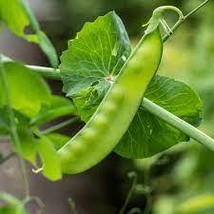 150 Oregon Giant Snow Pea Vegetable Heirloom Seeds added to cart.
10 available in stock
150 Oregon Giant Snow Pea Vegetable Heirloom Seeds added to cart.
10 available in stock
View Cart or continue shopping.
 Please wait while we finish adding this item to your cart.
Please wait while we finish adding this item to your cart.
Get an item reminder
We'll email you a link to your item now and follow up with a single reminder (if you'd like one). That's it! No spam, no hassle.
Already have an account?
Log in and add this item to your wish list.



